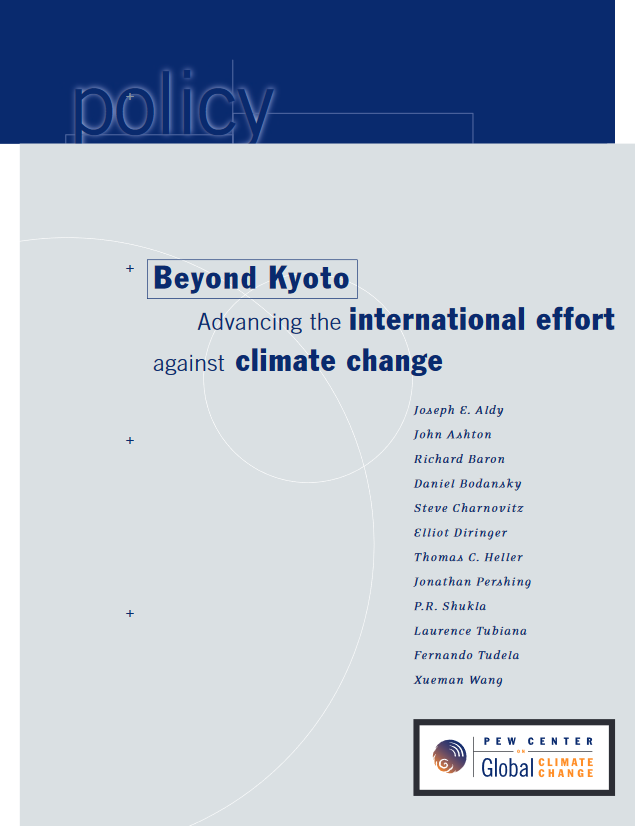John Ashton & the Ideological Attack on C&C
 Click logo to return to 'links-page'
Click logo to return to 'links-page'
Contraction and Convergence
Below is the ideological attack on C&C by John Ashton and Xueman Wang in
this document for the PEW Centre published in 2003
"The “Contraction and Convergence” proposal, developed by Aubrey Meyer, assigns every human being an equal entitlement to GHG emissions. All countries should thus move towards the same per capita emissions. Total emissions should contract over time, and per capita emissions should converge on a single figure. The actual convergence value, the path towards convergence, and the time when it is to be reached would all be negotiable. The proposal allows for the trading of emissions entitlements using mechanisms of the kind permitted under the Kyoto Protocol.
At one level, this is compelling. It offers a long-term architecture for an international emissions regime, potentially robust across several of the equity dimensions identified in this paper. It would not require developing countries to shift their immediate focus away from their basic needs: their emissions constraints would bite gradually as per capita emissions increased. And by emphasizing entitlements as well as commitments, it could help address the sense of inequity that arises from the unrequited 'carbon debt' of past emissions by industrialized countries.
But on closer inspection, there is no fundamental reason why the right to emit should be equally shared when access to other public goods is not: at the heart of the proposal lurks a contestable ideological choice to that effect.Moreover, perhaps it is not GHG emissions that should be equally distributed, but the welfare costs to which emissions give rise. Should not those living in cold countries (with high heating needs) or large countries with dispersed populations (high transport needs) be allowed higher per capita emissions? The large resource transfers from currently high per capita countries to low ones implied by the scheme may be equitable; but it is probably unrealistic to expect such commitments at this stage.
Ultimately, almost any conceivable long-term solution to the climate problem will embody, at least in crude form, a high degree of contraction and convergence. Atmospheric concentrations of GHGs cannot stabilize unless total emissions contract; and emissions cannot contract unless per capita emissions converge. The practical question is not whether this is a reasonable scheme, but whether the quickest way to realize it is to base the next stage of the negotiations explicitly on it.
Nevertheless, the contraction and convergence proposal plays an important role in the climate process. It focuses attention on the ethical questions at the heart of the climate problem, which no long-term solution can afford to ignore. If supported by a critical mass of countries, it would become an important force in the negotiation. The ideas behind the proposal will remain relevant to any discussion of climate and equity for as long as the search continues for a global response to climate change."Even after the UNFCCC negotations had become a fiasco at COP-15 in 2009, as he resigned from the Foreign & Commonwealth Office in 2012, John Ashton continued his ideological attack on C&C
